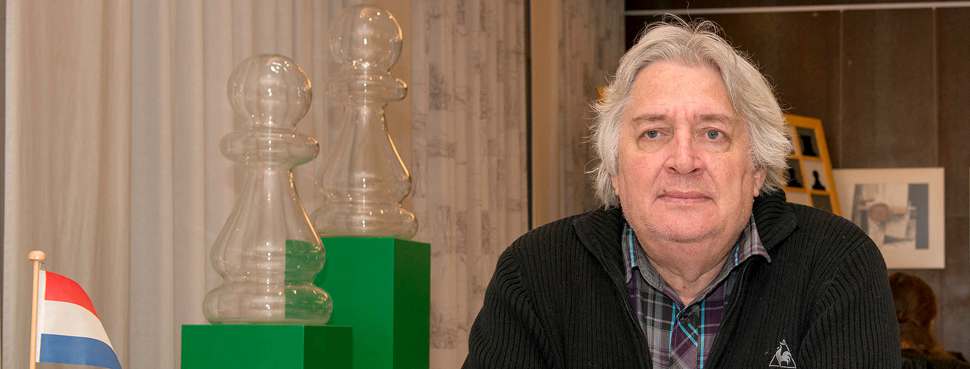Anna-Maja Kazarian scored her first half point today. Sopiko Guramishvili did not press with white, and the peace was signed soon. Jan Timman won his second game in the match with Jorden van Foreest after a great fight with attractive tactical points.
Guramishvili - Kazarian
1.d4 d5 2.c4 dxc4
Finally Kazarian varies. ‘I’d had it with the Slav’, she said to Hans Böhm in the commentary room. The spectators could imagine that.
3.Nf3 c5 4.e3 cxd4 5.Qxd4
Guramishvili is not aiming for a fierce battle either. Interesting is 5.Bxc4 and 6.exd4, and then aim for an attacking position with an isolated pawn. White now keeps her structure intact, but her queen’s bishop remains passive.
5...Qxd4 6.Nxd4 Bd7 7.Bxc4 Nc6 8.Nxc6 Bxc6 9.0–0 e6 10.Nc3 a6 11.Bd2 Nf6 12.Rac1 Bd6 13.Rfd1
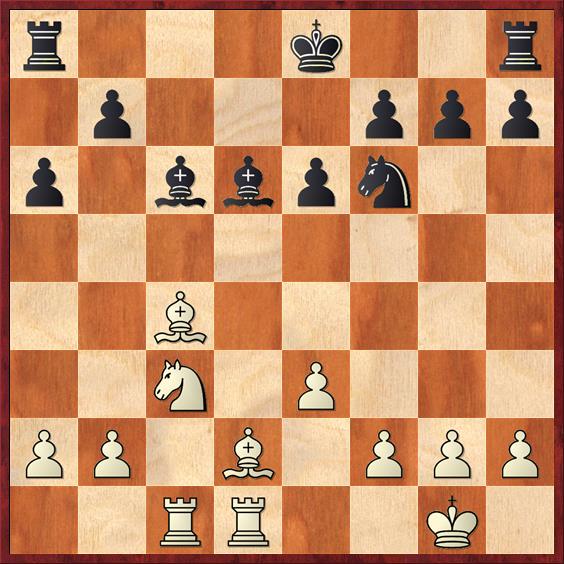
13...Ke7
This move earned Böhm’s praise: instead of automatically castling kingside, Black keeps the king in the centre for the endgame.
14.Ne2 Tac8 15.Nd4 Bd5 16.Bxd5
With a draw offer, which was accepted. Next, Kazarian gave a little more clarity about the question whether she would go to the World Junior Championships in Halkidiki, Greece, or not. Yesterday evening she had made an appeal on the Dutch TV show RTL Late Night to financially support her participation, and also for coaching for her. ‘Now the finances have been arranged between KNSB and FIDE’, she said. ‘But because I had withdrawn before, I now have to apply again. I hope it can still be arranged.’ For further financial support – a private coach to help her make further progress – Böhm started a spontaneous crowdfunding action in the canteen of the town hall. This did not yield a lot yet, but anyway the moral support for Kazarian was great.
That game wasn’t exactly attractive for the audience, but it was understandable considering the standings in the match. The men in the Marriage room did make an exciting afternoon of it.
Timman - Van Foreest
1.Nf3 d5 2.g3 Nf6 3.c4 c6 4.Bg2 Bf5 5.Qb3

This was once played by Bobby Fischer against Lev Polugaevsky. That was, by the way, one of the few games that the future World Champion didn’t win in the Interzonal tournament in Palma de Mallorca, 1970. But it’s a fine way to play quietly for a win, over the entire board, as the Dutch chess journalist Berry Withuis would put it.
5...Qb6 6.Q3
Fischer played 6.cxd5 Qxb3 7.axb3 cxd5 8.Q3. For his worse structure White has nice play along the open a-file. Mostly this trade occurs in Slav lines, in which the white pawn is already on d4, and so Black has counterplay via the square e4.
6...e6 7.Nh4 Bg6
The other option is to bring the bishop to g6 via 7...Bg4 8.h3 Bh5 9.g4. The question is whether the white pawn skeleton is more vulnerable in that case.
8.0–0 Nbd7 9.Qc2 Bc5!?
This bishop can’t be maintained here.
10.Nc3 Qa6 11.b3 b5 12.Nxg6 hxg6 13.Bb2 0–0 14.e3 Be7 15.Ne2 Rfc8 16.Rfc1 Qb7 17.Nd4 a5
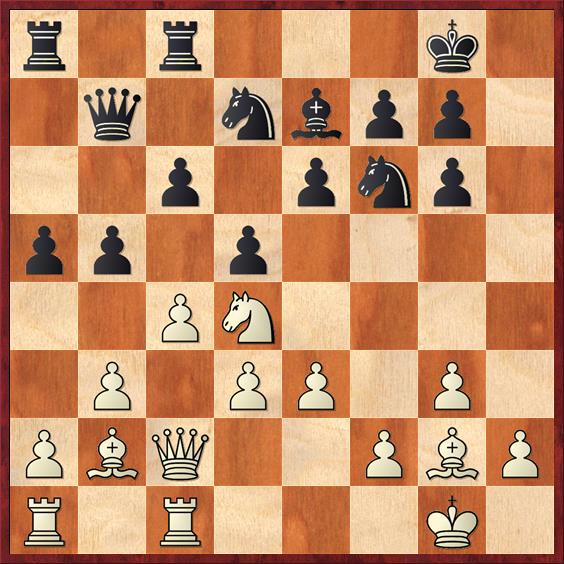
Black has craftily built up the counterattack on the queenside. ‘I don’t think White has much here’, Timman admitted.
18.Qe2 a4 19.Rab1 axb3 20.axb3 b4
According to Timman, 20...bxc4 was better, in order to open more files on the queenside. Van Foreest thought he was still OK after the text move.
21.Rc2 Nc5 22.f4 Nfd7 23.g4
White is ready for a big pawn march on the kingside. Time for a counteraction:
23...e5
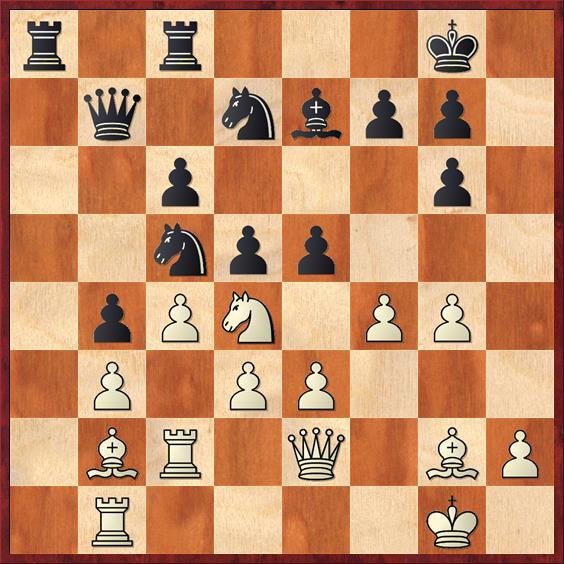
23...g5! was a better counter, for example: 24.fxg5 Bxg5 25.Nf3 Bf6 and this still looks OK for Black. After the text move White can deal a surprising blow.
24.Nxc6! Qxc6
24...Rxc6 25.cxd5 Rd6 (otherwise 26.Q6) 26.Q4! exd4 27.exd4 and White wins the piece back with interest.
25.Bxd5 Qa6 26.Bxa8
This capture surprised Van Foreest a little. Interesting, and possibly a little stronger, was 26.fxe5 Rab8 27.Rf1 Ne6 28.Bd4!, and either a rook enters along the a-file or the white centre will start to roll, for example: 28...Bc5 29.Bxc5 Rxc5 30.Q4.
26...Qxa8 27.fxe5?!
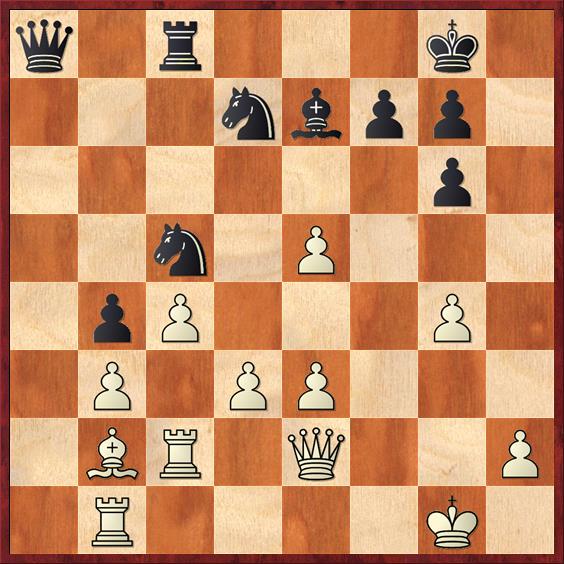
Now it becomes unclear. After 27.Bxe5, the b3-pawn is maintained, and White keeps the best chances. Timman didn’t want to give up his beautiful bishop.
27...Qa2?
After 27...Nxb3! White’s position is not as good as it has been. The black pieces are well positioned for the counter; 28.Q4, for example, is not effective in view of 28...Qe4!.
28.Qd1!
Now Timman takes firm control. In view of the discoveries with the b2-bishop, Black has to move back, or otherwise lose material. Possibly best was 28...Bg5 29.Bd4 Qa8.
28...Nxb3?
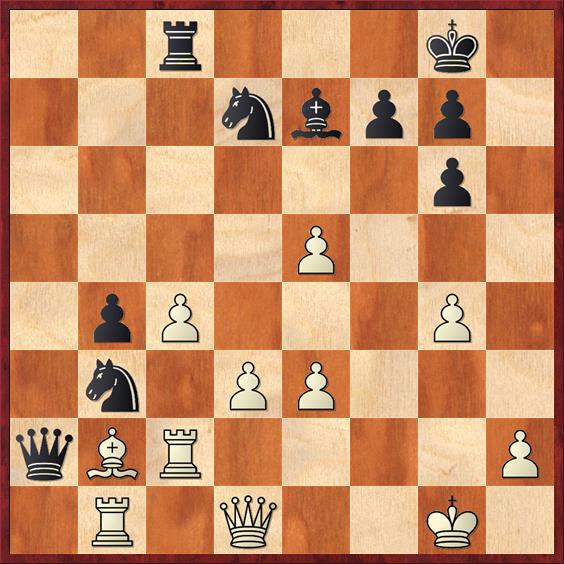
29.e6! fxe6 30.Bf6 Qa7 31.Bxe7 Qxe3+ 32.Rf2 Nd4 33.Kg2
33.Bd6!, to keep the black knight on d7. Exchanging helps White.
33...Nc5
After 33...Ne5! 34.Qd2 Nxg4 35.Qxe3 Nxe3+ 36.Kh1 b3 Black can still fight.
34.Qd2
34.Bxc5 Rxc5 35.Rxb4 Ra5 36.Qd2 won more easily.
34...Qxd3 35.Qxd3 Nxd3 36.Rd2 Nf4+ 37.Kg3 Nfe2+ 38.Kf2 Nc3
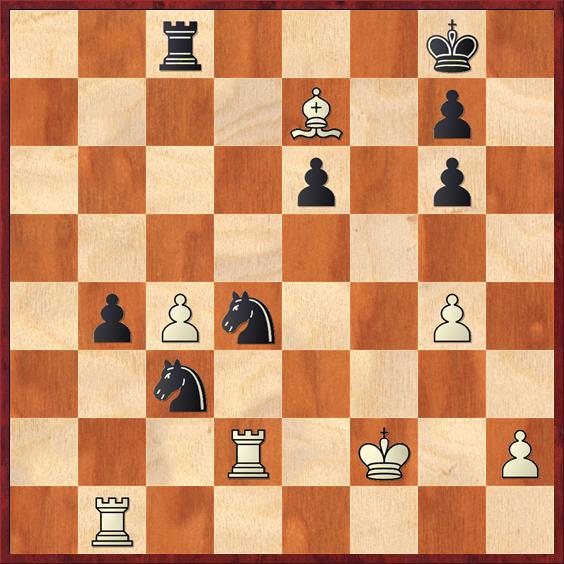
39.Rxd4!
Winning the ‘small exchange’.
39...Nxb1 40.Bxb4
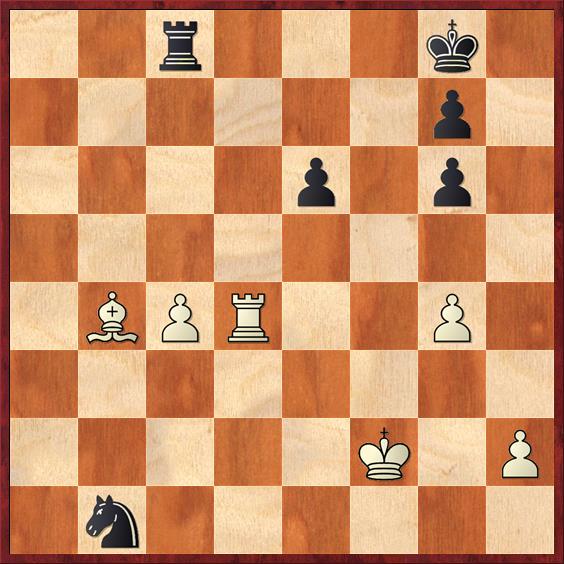
40...e5
40...Rb8 41.c5! and the c-pawn walks on; 40...Ra8 41.Ke3 Na3 (41...Ra1 42.Rd1) 42.Kd3 Rb8 43.c5 e5 44.Re4 Rd8+ 45.Kc3 Nb5+ 46.Kc4 and Black saves the knight for the moment, but the c-pawn ought to decide the game.
41.Rd1
And White won the knight and, a little later, the game.
With this, both matches are nearly decided. Timman now leads 3-1. Guramishvili won the match already yesterday, and now leads 4½-½. So there is no reason to not finish with a few exciting games in the last rounds!

 .
. 
